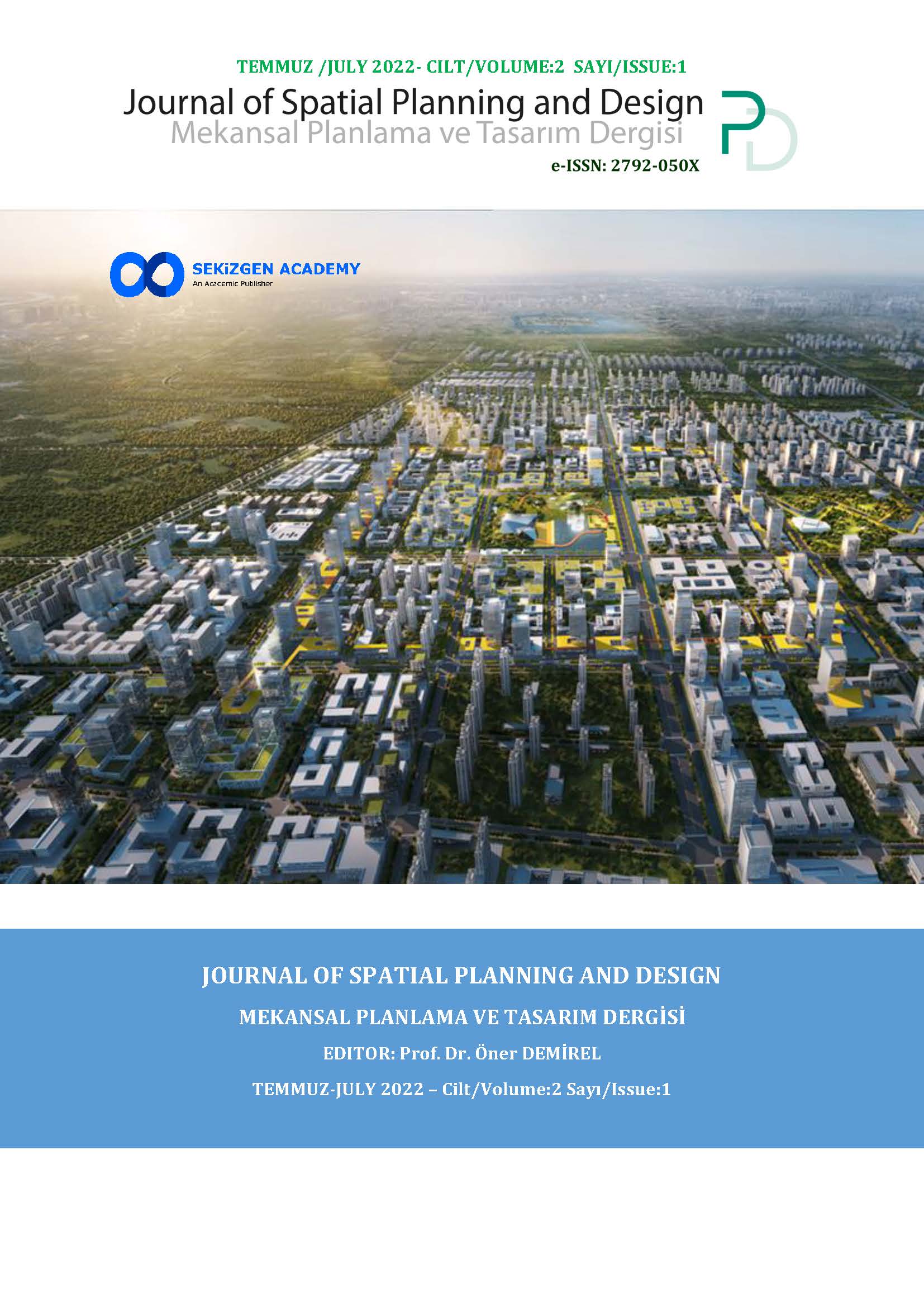A Geospatial approach to Create Environmentally Resilient Urban Areas
DOI:
https://doi.org/10.53463/splandes.202200149Keywords:
Environmental resilience, climate change, adaptation, urban areas, green infrastructureAbstract
Adaptation to climate change has been on the agenda of many communities around the world since extreme heat waves, flash floods, storm surge damage, etc. affected populated cities and towns negatively. In this respect there may be several measures to take in order to tolerate these impacts. At global-, or country-scales these measures may include increasing energy efficiency, planning agricultural production, protecting forested areas and water resources. Monitoring of land use/cover and its change may also be a good strategy to document landscape-level environmental trends. This documentation may help develop adaptation strategies. Finer spatial scales may be required as long as urban areas are concerned. In this respect, mapping urban green infrastructure may be the basis for drafting action plans and creating recommendations for environmentally resilient urban areas. This paper discusses the term “environmental resilience” and highlights the importance of geospatial information on green infrastructure for creating environmentally resilient cities.
Downloads
Published
How to Cite
Issue
Section
License
Copyright (c) 2022 Sekizgen Academy

This work is licensed under a Creative Commons Attribution-NonCommercial 4.0 International License.




















